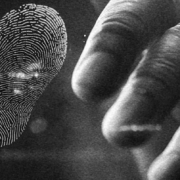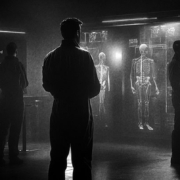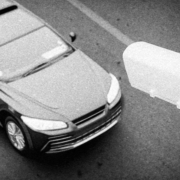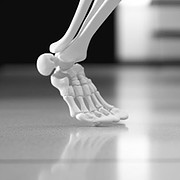Over the years, one question has followed me through countless conversations, courtrooms, and conferences: How reliable is a fingerprint? It’s the kind of query that sounds simple but unravels into a tangle of science, technology, and human judgment. That’s why I teamed up with my colleague, Dr. Maria-Louise Morgott, to tackle it head-on in our latest paper, Forensic Fingerprint Analysis: Evaluating Scientific Foundations, Technological Innovations, and Judicial Implications. This blog post pulls out the key threads from that work, offering a detailed rundown for forensic buffs, legal minds, and anyone curious about the gritty reality behind those ridges on your fingertips.
Posts
Computer vision constitutes a dynamic and intricate field within computer science, where the aim is to imbue computers with the capacity to interpret and understand the visual environment, much like the human visual system does. This discipline is at the intersection of algorithmic innovation, machine learning, and artificial intelligence, enabling the analysis of images, videos, and other visual data sources to extract meaningful information or to initiate responsive actions.
In my long-standing career as an expert in identifying living individuals from images, I have repeatedly experienced the immense importance of precise identification from photographic and video evidence. However, this task is becoming increasingly complex. In a world where crime and security-relevant incidents are steadily increasing, courts, investigative authorities, and experts face the great challenge of identifying individuals from often blurry, shaky, or poorly lit footage undoubtedly. Yet, despite these difficulties, the quality and resolution of the material presented to us improves significantly from year to year.
Read more
The identification of individuals in video recordings by forensic experts relies on a highly precise and detailed analysis of body structure and movement patterns. By closely examining these unique biometric features, accurate identification becomes possible. This advanced method adds a crucial dimension to forensic science and is becoming increasingly important in a world characterized by growing video surveillance and digital networks. The ability to identify individuals based on their distinctive biometric traits enables forensic experts to uncover criminal activities and accurately pinpoint perpetrators. This highly specialized approach demonstrates how advanced and forward-thinking modern forensic science is today.



